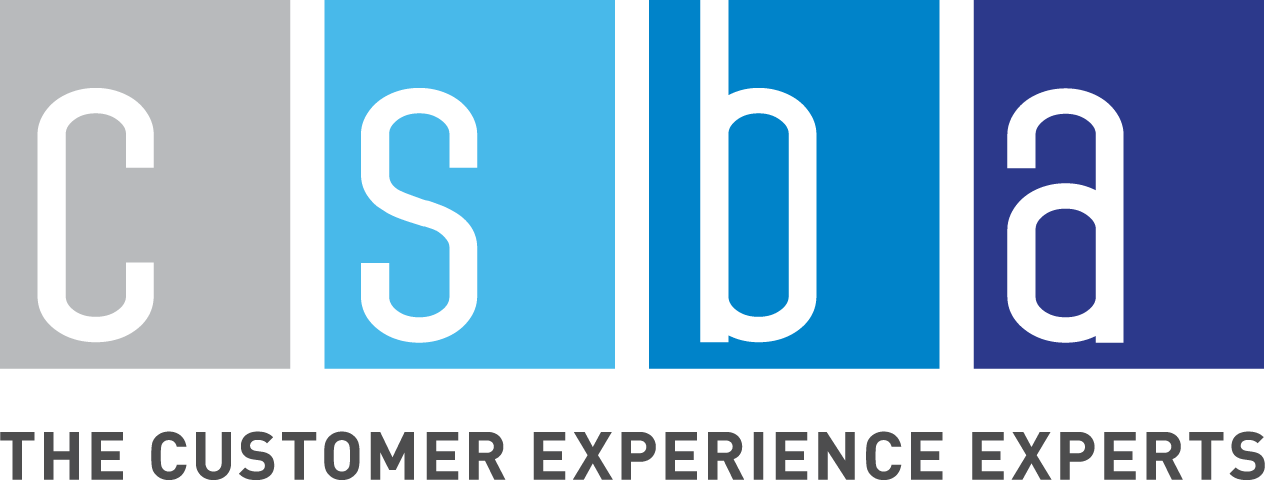New research from the CSBA CX benchmarking program
Energy customer satisfaction remained stable in 2022 according to results from the latest CSBA CX benchmarking program for the sector.
Overall Satisfaction for gas customers was 8.4 out of 10, compared to 8.5 in 2021 and 8.4 in 2020. Overall Satisfaction for electricity customers was 7.5 compared to 7.5 in 2021 and 7.6 in 2020.
Conducted annually by customer experience insights agency CSBA, the 2022 Customer Experience (CX) benchmarking program for the energy sector involved seven companies. And evaluated 13,604 surveys and 237,941 telephone calls over a 12-month period from January to December 2022.
CX Director for Utilities at CSBA, Sudipta Dutt, said it was a positive result for the sector, explaining the importance of reading the scores in the context of huge social, economic, and environmental challenges.
“Since the pandemic in 2020, customer expectations have continued to increase alongside contact volume. At the same time, customers have been impacted by rising costs and extreme weather events across the nation,” she said. “Given the volatility of these external factors, energy companies have done well to maintain their standard of customer satisfaction.”
Compared to other sectors in the CSBA benchmarking program, the energy sector performed better than the Local Government (6.0 compared to 6.3 in 2021) and Superannuation (7.8 compared to 8.1 in 2021) sectors.
The program, which also measured Ease and Net Promoter Score metrics, evaluated multiple customer touchpoints including unplanned and planned outages; new connections; general enquiries; claims and complaints; and distributed energy resources.
CX insights for Gas
Duration and Communication were the top two drivers of satisfaction for all interactions. Compared to the 2021 results for Unplanned outages where customers ranked Duration as more important than Communication, in 2022, Duration and Communication were regarded as equally important. In fact, for New Connections, customers ranked ‘Communication’ more highly (30%) than ‘Duration’ (27%).
Dutt: “There has been a seismic shift in consumer expectations following the outbreak of COVID-19. Customers now expect to be fully informed on as many details as possible. A simple alert on how long an outage would last is not enough; customers expect additional information such as the reason for the outage and what is being done.”
CX insights for Electricity
For both Unplanned and Planned outages, Duration remained unchanged from 2021 as the top driver of satisfaction (32%), followed by communication-related drivers.
For New Connections, Duration, Communication, Timeframe, and Ease of Contact were ranked equally (17%) as the top drivers of customer satisfaction.
For Complaints, Duration of resolution (ranked #4 driver) decreased by 10 points from 26% in 2021 to 16% in 2022, while Professionalism (ranked #1 driver) increased by 7 points from 17% in 2021 to 24% in 2022.
Dutt: “Customers have indicated that an easy and accountable service process to get resolution was more important than the duration of time it took. The process of managing and solving complaints require Professionalism (24%), Ownership (20%) and Information (19%) – the top three drivers of satisfaction for Complaints.”
Implications for the Energy sector
Trend #1: Customer Experience is the new battlefield
CX strategies are now central to companies in modern business, with many making CX a board-level priority in 2023, according to various global research, including a 2021 study by Accenture that found 80% of global CEOs believe their company’s customer experience will be the key differentiator in the marketplace. But CX change must be embedded in the culture of an organisation, and consistently measured and tracked across the entire journey – not just at individual touchpoints.
“It is critical that your Voice of Customer (VOC) program covers the full spectrum of your customer base and includes Transactional and Relationship metrics,” said Dutt. Above all, you need to recognise that the quality of an improvement process is much more important than any metric.”
Trend #2: Digital adoption and transformation are the new reality
The digital channel is gaining strength. The challenge is to really listen to your customers and honour their communication channels of choice.
Dutt: “Break down data silos to meet customer demand for a digital, responsive, and trustworthy service. Companies must refocus every part of their business to put the customer at the centre of everything they do.”
Trend #3: Employee experience has taken centre stage
Employees are central to CX improvements. Cultivating a culture of customer-centricity begins with building employee capabilities across the organisation.
Dutt: “Focus on your employees and equip them with the right tools to drive CX improvement within your organisation.”
For more information on the CSBA CX benchmarking program, email Sudipta.dutt@csba.com.au




